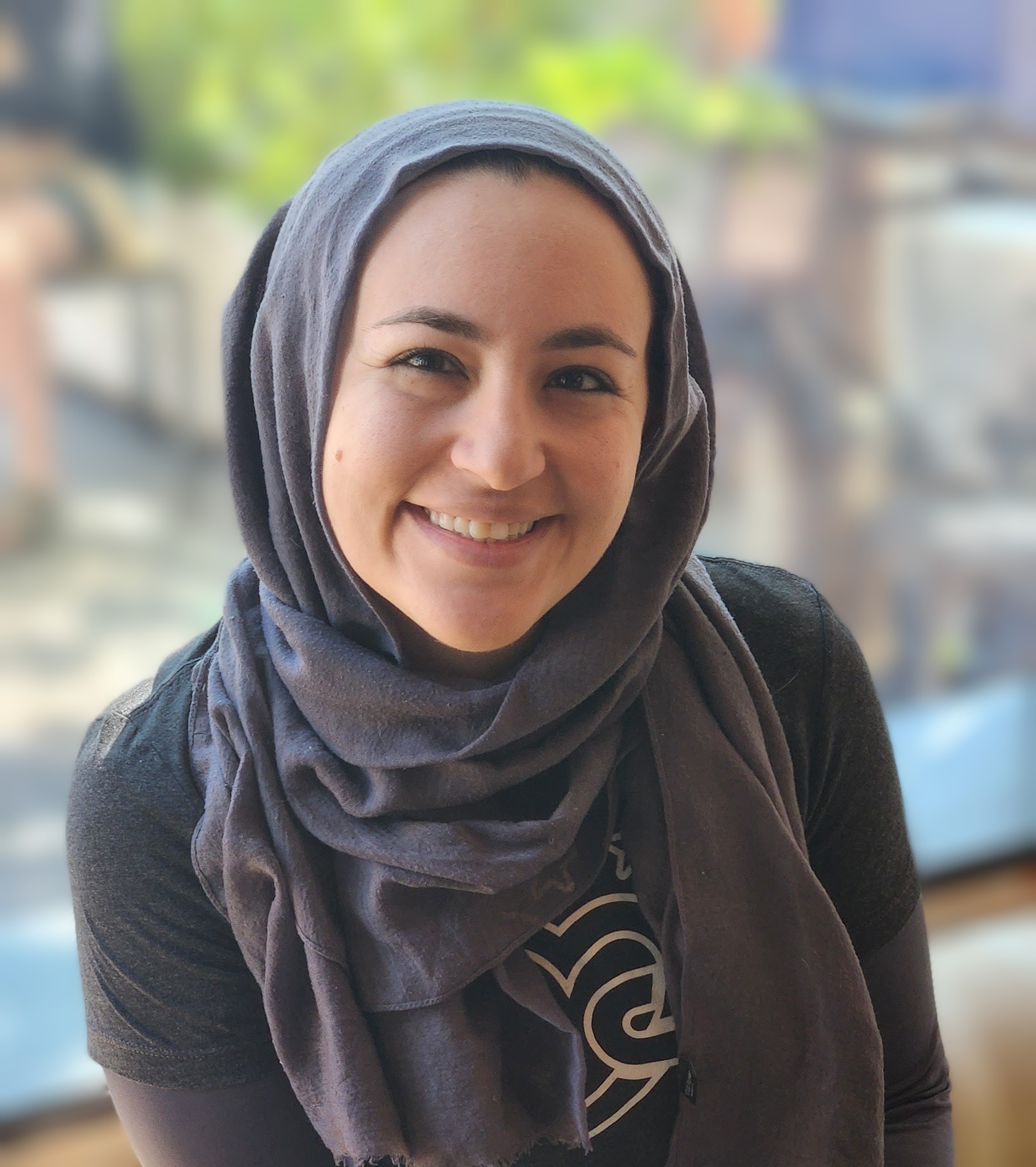Syria: Starvation as a Tactic of War
In the last few weeks, the world has confronted horrifying photographs of children with sunken eyes and emaciated bodies and haunting anecdotes of men eating strawberry leaves after having not had real meals in months. These images told of the mountain-town of Madaya, a Syrian village of 40,000 that has been under siege since July 2015 by a combination of Syrian troops and Hezbollah militants.
Published by The Lawfare Institute
in Cooperation With

In the last few weeks, the world has confronted horrifying photographs of children with sunken eyes and emaciated bodies and haunting anecdotes of men eating strawberry leaves after having not had real meals in months. These images told of the mountain-town of Madaya, a Syrian village of 40,000 that has been under siege since July 2015 by a combination of Syrian troops and Hezbollah militants. The Syrian Network for Human Rights reports that since the beginning of the siege on Madaya, at least 21 individuals have died from hunger, 8 have died due to a lack of medical care, and 24 have been killed while attempting leave Madaya.
According to activists, Madaya is being punished for its participation in the Syrian uprising. A strategic town located alongside the Lebanese border and a mere 50 kilometers from Damascus, it is the latest example of Bashar al-Assad’s consistent “starve or kneel” tactic employed to literally starve regime opponents into submission.
In a number of cases, the Assad regime – at times with the support of allies like Hezbollah – has imposed a siege on anti-regime towns, employing blockades to prevent all medicine, water, and food from entering. Civilians are generally not permitted to leave besieged areas and may be arrested or killed for doing so. In a demonstration of truly remarkable resilience, many towns across Syria have managed to endure artillery attacks, barrel bombing campaigns, and even chemical weapons attacks before finally succumbing to the immense pressure of the regime’s starvation techniques. Desperate for basic sustenance, places like Moadamiya are often strong-armed into reaching agreements with the Assad regime that involve the exchange of weapons; even after these agreements, ceasefires are shoddily enforced and little aid is ultimately delivered.
Thus far, the Assad regime has had absolutely zero incentive to refrain from continuing sieges and employing starvation as a tactic of war across the country. The brutal government-sponsored starvation techniques are remarkably successful, there has been little condemnation from the international community, and international actors hesitate to conduct aid deliveries that circumvent Syrian government approval despite United Nations Security Council Resolutions permitting such aid. The crimes of several non-state armed groups have also included withholding humanitarian aid from civilians under siege. The United Nations reports that at least 400,000 persons are living under siege in at least 15 locations in Syria today.
International humanitarian law is unequivocal in its prohibition of starvation as a method of warfare as detailed in Additional Protocol II to the Geneva Conventions. Furthermore, per the 1997 Report on US Practice, it is the opinio juris of the United States that the starvation of civilians as a method of warfare is prohibited. Additionally, the Annotated Supplement to the US Naval Handbook (1997) states: “Art. 54(1) [of the 1977 Additional Protocol I] would create a new prohibition on the starvation of civilians as a method of warfare … which the United States believes should be observed and in due course recognized as customary law.”
Rules 54-56 of the study on customary international humanitarian law conducted by the International Committee of the Red Cross clarify that attacking objects indispensable to the survival of the civilian population, denying access of humanitarian aid intended for civilian use, and restricting the freedom of movement of humanitarian aid workers may all constitute violations of the prohibition of starvation. Although starvation is not recognized as an individual crime in cases of non-international armed conflict under the Rome Statute – to which Syria is not a party and would have to be referred to the International Criminal Court – starvation can arguably be prosecuted under displacement, crimes against humanity, genocide, or possibly, torture theories.
Issued in February 2014, UNSC Resolution 2139 demanded that “all parties, in particular the Syrian authorities, promptly allow rapid, safe and unhindered humanitarian access for UN humanitarian agencies and their implementing partners, including across conflict lines and across borders.” The resolution, however, had no enforcement mechanism and has had little tangible impact on the ground. Although UNSC Resolutions 2165, 2191, and 2258 have authorized UN agencies and their partners to use routes across conflict lines and border crossings to deliver humanitarian assistance, actors have been hesitant to provide citizens with the aid that they desperately need.
This week, in response to unprecedented media attention, the Syrian regime finally agreed to allow aid into the besieged towns of Madaya, Foua, and Kefraya. While a positive development, aid workers confirm that one-time distributions like these are rarely effective; the regular access to these areas that is necessary is rarely granted by governing authorities. The impunity with which authorities have been allowed to systematically starve the population threatens the security of the international community and violates international law. Unless the international community collectively and consistently condemns starvation as a tactic of war as employed by the Assad regime and other actors, comes up with a means by which to ensure consistent aid delivery irrespective of the Assad regime’s cooperation and as per the guidance of UN Security Council resolutions, and paves the way for the prosecution of starvation-related war crimes in the international scene, Madaya will not be the last scene of Assad’s brutal starvation regime.





